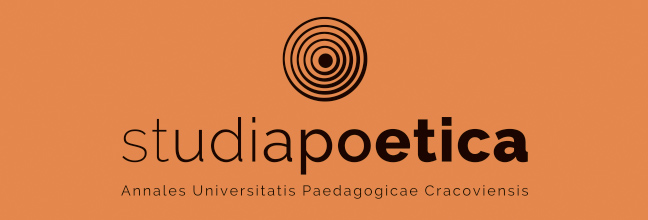rozbudowa i dyslokacja wytwórni silników lotniczych w Polsce (1935–1939).
Main Article Content
Abstrakt
A three-year plan (1933-1936) for expanding aviation developed at the Headquarters marked a turning point in productin the aeronautical engines. The imlementation of the process of building new craft (reconnaissance, fighter and bombing plabes) forced a decision to start a research on the propotypes of Polish engines. Due to the Śkoda concern's lack of enthusiasm for further cooperation and political implications in Polish-Cczechoslovakian relations, the cooperative activity edned. At that time the enigne manufacturers were incorporated in the PZL (State Aviation Works). Despite initial difficlties regarding a decline in production caused mainly by modernization and reorganization proceedings, the standards of the Śkoda Polish Works were quikly reached and exceeded considerably. The licensed production of England enginiers made by the Bristol Aircraft Ltd (Jupiter, Mercury, Pegasus, Hercules, Acquilla, Perseus) was implemented, and at the same time the researches on the prototypes of Polish engines (Mors, Foka, waran, Legwan) were conducted.
Smaller manufactures such as: the Autorrations carried by the army led to initating bulemont Mechanical Workship (Autstro-Daimler, Hispano-Suiza, Renaut Lorraine-Dietrich), the Stefan Twardowski Mechanical Works (Le Rhone, Hispano-Suiza, TK 70), the State Engineering Works (Walter "Junior" and "Major"), the Avia Precision Mechanics Manufacturer (La Rhone, WZ 7, Bristol-Jupiter, Wright "Whirlwind", Gnome-Rhone "Mars" 14 and "Delfin", Avia P4) cooperated with yhe army administration in the range of areo engines of low and medium ratio of strengh.
Dissatisfaction with the mobilization preparations carred by the army led to initiating building works within the COP (Central Industrial District). The dcision concerning expansion of the aviation industry was taken during the meeting of the KSUS an 13 October, 1936. Before the WWII broke out, the production had in the State Aviation Works, Aircraft Factory Nr 2 in Mielec and the Aero Engines factory Nr 2 in Rzeszów. As regards the productions of aero engines, the following factories cooperated: Erazm Mieszczański and tadeusz Jaroszyński Warsaw Base Metal Foundry, Władysław Leszczyński High Grade Alloy Foundries, and the COP Ancillary Industry. The level of productions, to reach a number of 136 at the end of the second half-year. This discordance actually showed that in order to meet the growing demand, imports of a number of ready-made units would be a must.
Article Details
|
